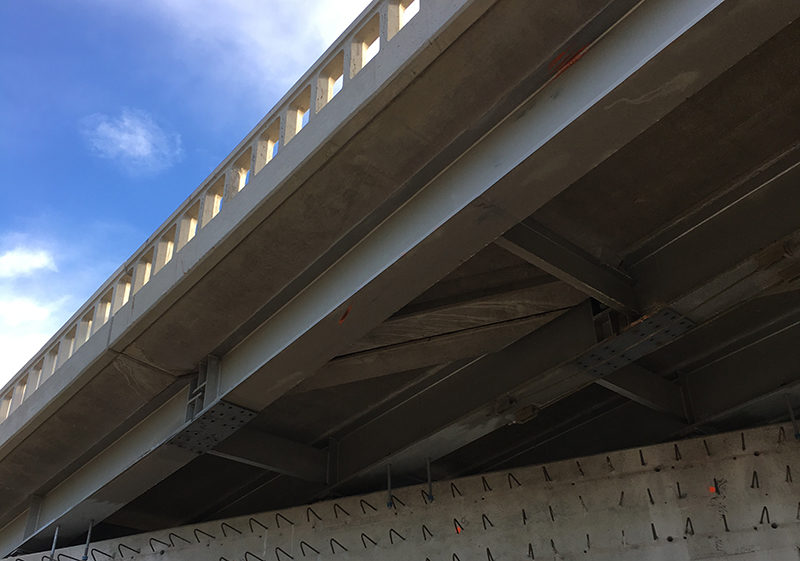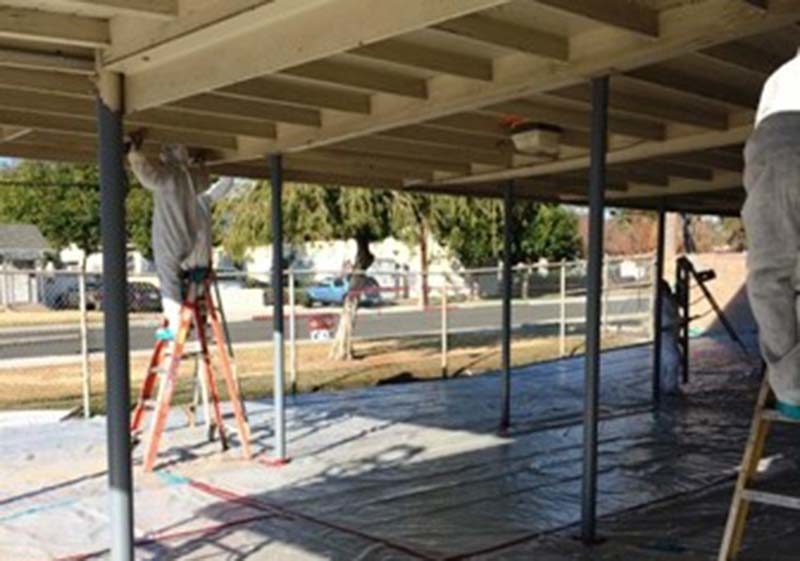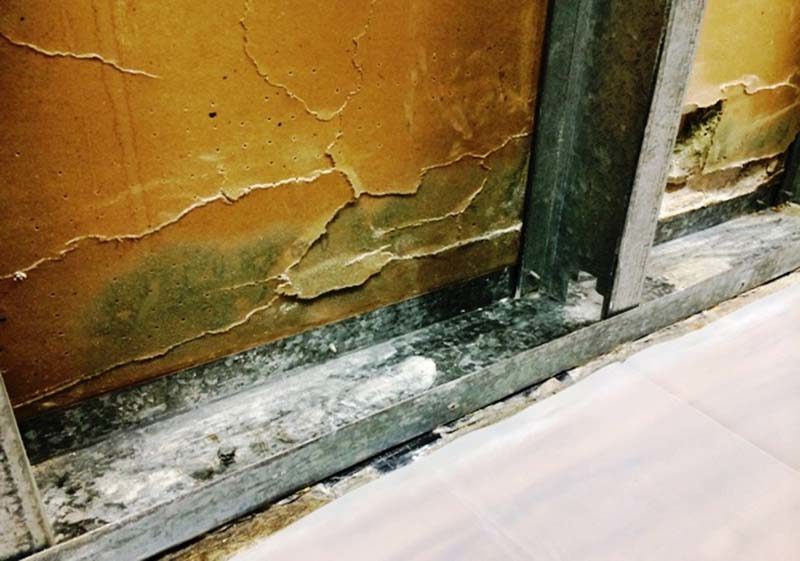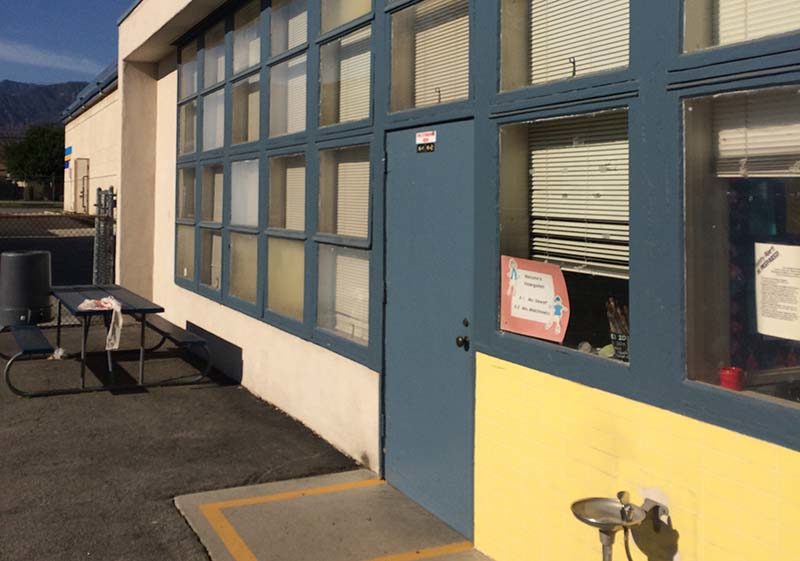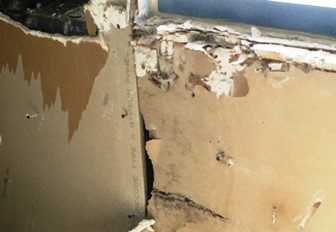Lead hazards can be uncovered in residential, commercial, municipal and many other settings. Our CA Department of Public Health Licensed Inspectors/Assessors and Project Monitors conduct HUD-level and OSHA worker exposure-directed inspections, lead risk assessment, on-site project monitoring, and clearance sampling. We tailor our lead management services to avoid unnecessary costs or project delays.
The Importance of Certified Lead Testing
Lead testing is essential to safeguard public health, especially in environments where lead exposure is a risk. Lead exposure can cause severe health issues, particularly in children, including developmental delays, attention problems and behavioral issues. In adults, it can lead to hypertension, kidney damage and reproductive problems. Common sources include lead-based paint, contaminated dust and soil, plumbing fixtures, and imported toys or cosmetics. To eliminate lead exposure risk, facility managers should prioritize certified lead testing. This process also helps maintain compliance with industry regulations, such as those from the Environmental Protection Agency and the Occupational Safety and Health Administration.
Why Choose Professional Lead Testing?
Certified professionals have the training and equipment to accurately detect lead levels in various environments, which is crucial for effective remediation. Professionals can assess the presence of lead and the extent of contamination and potential exposure pathways. Many states and localities have laws requiring lead testing in certain properties, especially those built before 1978, when lead-based paint was banned in residential properties.
Compliance with federal and state regulations helps ensure safe living and working conditions for all occupants. Regular lead testing services can help property owners and managers reduce liability and legal issues related to lead exposure — noncompliance with lead regulations can result in significant fines and legal repercussions, making proactive testing crucial. Lead awareness training can also support your business post-testing. A-Tech lead awareness training services can help managers and other department leaders understand lead risks and other crucial information.
How Does a Lead Inspection Work?
A lead inspection is a systematic evaluation to identify lead hazards in a property. Our certified inspectors follow a detailed process to ensure thorough assessments.
PREPARATION
We discuss your concerns and specific areas of focus regarding lead exposure. Then, our team examines the property’s age, previous renovations and any known lead hazards.
VISUAL INSPECTION
We conduct a thorough inspection of the property to identify potential lead sources, such as peeling paint, deteriorating surfaces and lead-containing plumbing. We focus on areas where lead dust may accumulate, if applicable.
MATERIAL SAMPLING
We’ll use portable analyzing tools and collect paint samples for lead paint testing to determine lead content. We also collect dust samples from surfaces to evaluate lead contamination levels. If applicable, we’ll test soil samples from around the property, especially in play areas or gardens.
ANALYSIS
Our team will send collected samples to accredited laboratories for detailed analysis.
REPORTING
In the reporting stage, we’ll prepare a detailed report summarizing the findings, including identified lead sources, contamination levels and compliance status. We’ll offer actionable recommendations for remediation and safe management practices.
Mitigation and Follow-Up
Next, we’ll develop and implement a lead hazard reduction plan based on the inspection findings. Finally, our team will schedule follow-up inspections to ensure recommended actions are effectively implemented and reassess for any new hazards.
Ready to kick-off your project?
Our Dedicated Project Managers have the expertise you need
to stay in compliance and on-schedule!


